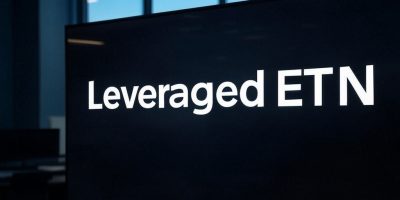Quantitative trading strategy development is a complex task. Although there is software that can be used to develop trading strategies, there are no magic solutions. Below are some things users of trading software must be aware of.
Software for developing trading strategies can be very useful and assist in expediting a process that is time consuming but there are a number of pitfalls, as briefly described below.
Lack of foundation pitfall
With proper use, the software must be able to identify strategies with economic value. In order to do that, the software must be based on sound principles that exploit market inefficiencies. Naive schemes that attempt to identify strategies from data without a sound foundation usually over-fit on noise and the results have no economic value.
Data-mining trap
Developing strategies ultimately requires backtesting. Application of data mining using neural networks, or even schemes of permuting a large number of known indicators and patterns usually result in over-fitted strategies with no economic value. See this article for more details.
Instant gratification trap
It is only natural that humans desire to get results fast and also get rich fast. But this is not how it works with trading software; substantial effort is required and the learning curve is often steep.
We have been in the business of developing trading software since the last 90s. We had some inexperienced customers, some with intermediate experience and some very experienced. One of our customers on an early version of DLPAL S software nicely summarized this trap:
In my opinion people buy software and want immediate success without work and without thinking about the code of the computer generated strategy. That is the reason why most of them fail… W. S., Germany.
Learning time varies with type of software. We can only talk about our software based on feedback from customers who have used it successfully. For example, getting up to speed with DLPAL LS usually requires 6 to 9 months of using the program on a daily basis, recording the results and analyzing them. This allows determining the proper parameters to use and what groups of securities to apply them to. DLPAL S learning time may be even longer, up to a year.
Even if some software has potential, there is always a learning curve. Instant gratification is unlikely.
One-click solution trap
This is probably the worst trap. Some vendors promise one-click solutions: make a few selections and the software will generate a profitable strategy for you. Although it may be possible in theory, in reality the chances of one-click solution working are close to zero. On top is this, if one-click solutions were possible, why selling the software in the first place? This is not rational decision from economic view point.
For example, in the case of DLPAL LS software for developing directional and long/short strategies for portfolio of securities, the user must provide significant input regarding the choice of securities but also how to switch strategies depending on market regimes and what classes of features to use. No strategy works in all market regimes: some work well when volatility is low and some work well when volatility is high. Trading software can provide a strategy but usually not the important meta-strategy of switching strategies. This last step requires analysis and human input although theoretically it may be also automated to some extent.
Reasons for selling trading software
Some people ask a valid question: why selling trading software if it makes money?
The answer is that using software cannot guarantee profits. It is not trading software that makes the money; it is the user and their skills in using it. Software is just a tool. In our case for example, we sell software because it finances further development. We do not promise one-click solutions or guaranteed profits. On the contrary, we have always included the following statement with pricing information:
DLPAL is a quantitative analysis tool. DLPAL will not create final systems for autotrading. The user of the software has to put the work necessary for developing a final trading system according to desired criteria and risk/reward objectives. Trading strategy development is a difficult and time-consuming task and success with it is not guaranteed. Read our disclaimer before ordering a license of DLPAL.
Not hyped trading software is not big business
There is no much money to be made selling trading software that does not come with extraordinary claims of potential profits or promises of one-click solutions. The majority of traders are looking for one-click solutions or “hot tip”. Not many are determined to put the time and work necessary to learn trading software that has potential. Furthermore, not many have the quantitative skills to do that successfully. The market is small, the revenue is low and if it pays for further development we are satisfied.






